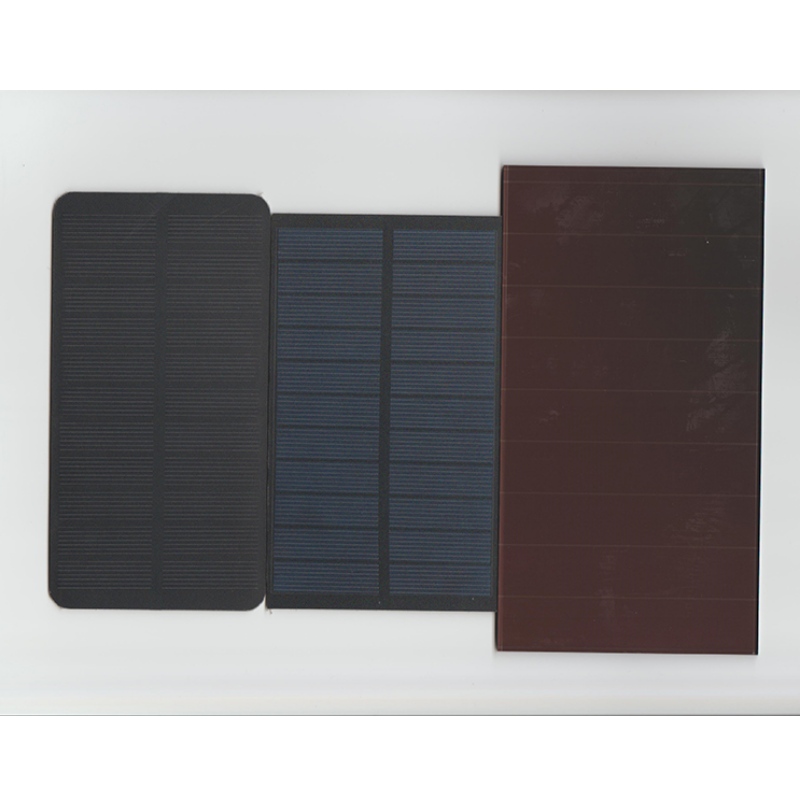When it comes to solar cell technology for solar panels, there are basically three types you can find in the market: amorphous vs monocrystalline vs polycrystalline solar panels.
Here, we're going to briefly explain the pros and cons of each one, so you can make an informed decision about whether to get mono or poly or amorphous panels.
Solar panel comparison: amorphous vs monocrystalline vs polycrystalline solar panel cell technology

Polycrystalline solar panels
Polycrystalline cells are typically found in ridged panels. They are less efficient than monocrystalline solar cells and require a larger surface area for the same output.
Monocrystalline solar panels
Mono cells are also found in ridged panels. They are more efficient than polycrystalline cells and can be smaller in size for the same output.
Crystalline panels need to be as perpendicular to the sun as possible to achieve the best performance. Crystalline panels do not perform as well in partial shading (compared to Amorphous cells) and they do gradually lose a small percentage of output as the temperature rises above 25°C.
You can find a more in-depth comparison of mono vs poly solar panel here.
Amorphous solar panels
So, that briefly covers monocrystalline vs polycrystalline solar panels. Now, for amorphous. Amorphous cells offer higher efficiency than the other two. They are your most efficient cell in the market today, although they do require twice as much surface area for the same power output as a monocrystalline blanket or panel. However, they are more flexible and can handle higher temperatures better.
Amorphous cells are constructed from a fine layer of silicon, which enables solar panels to be more flexible and therefore lightweight.
Amorphous cells can withstand higher temperatures without output being affected, compared to poly or mono crystalline cells.
Amorphous cells perform better in low light conditions compared to even the most efficient monocrystalline panels. This is because they can absorb a wider band of the visibl lightspectrum due to the uni-solar triple junction cell technology.
So, that was our brief rundown of amorphous vs monocrystalline vs polycrystalline solar panels. Check out our more in-depth scientific explanation of the different types of solar panel or head to our www.ucwdk.cn page for more details.
Thank you for coming and wish you a happy life!



